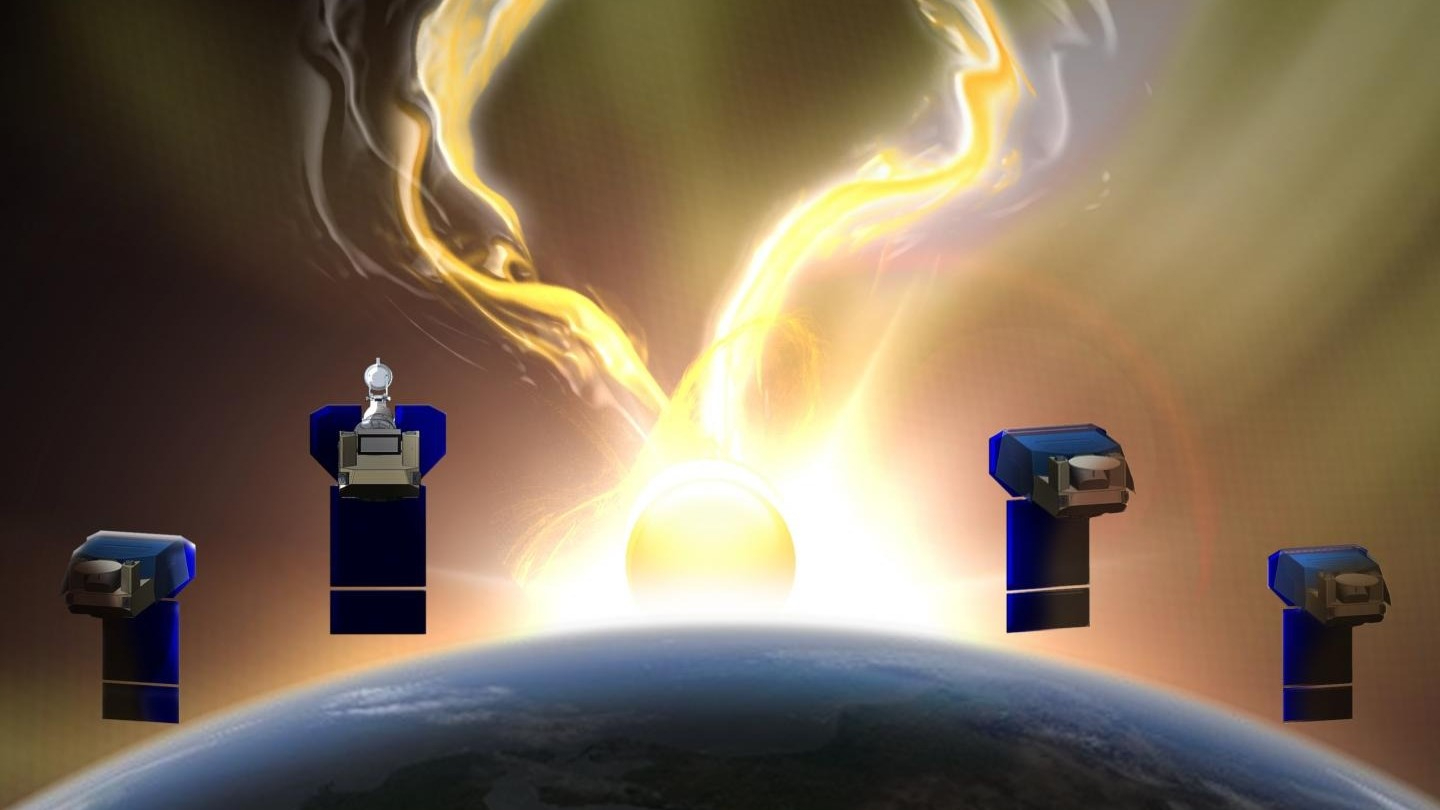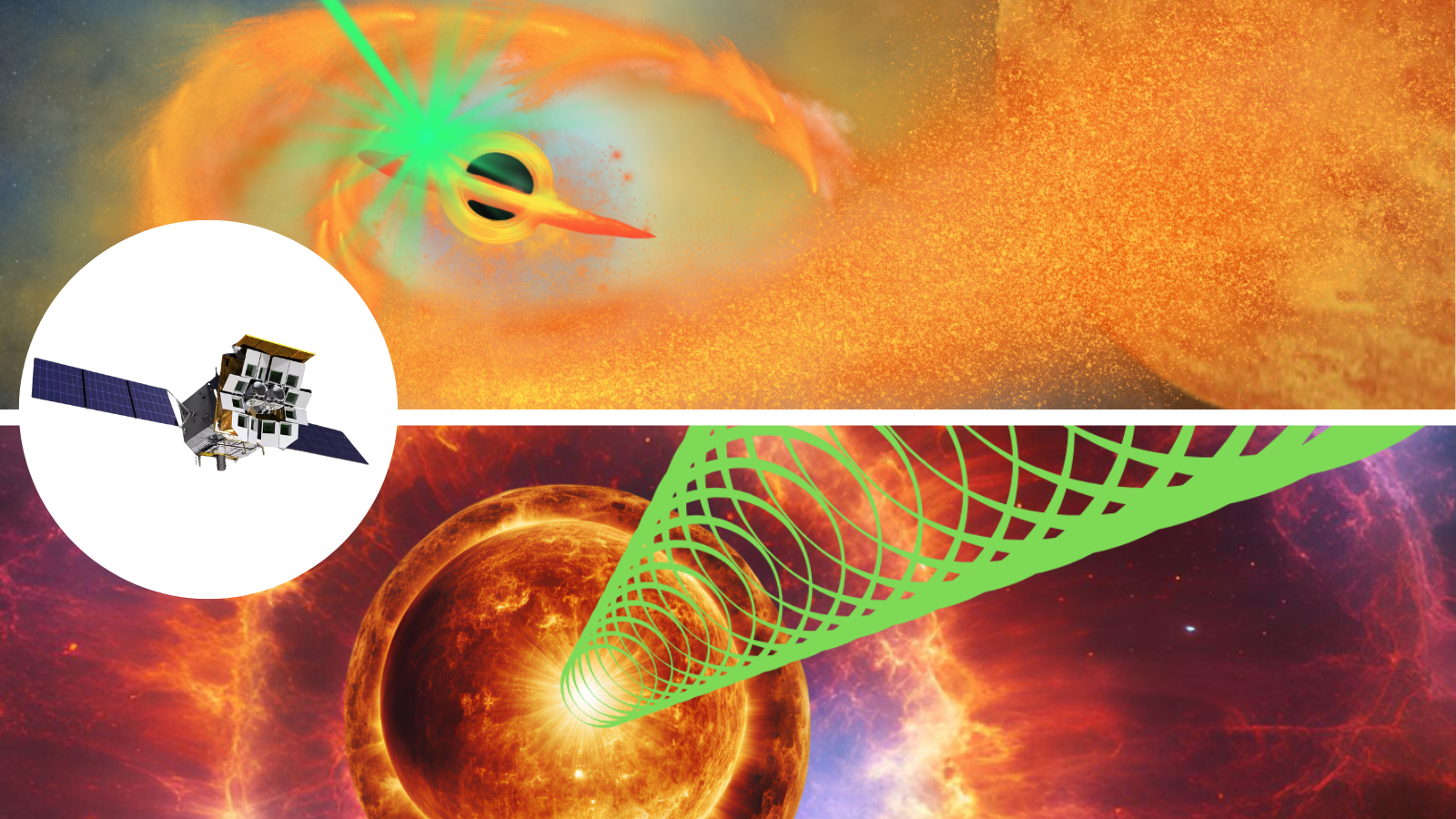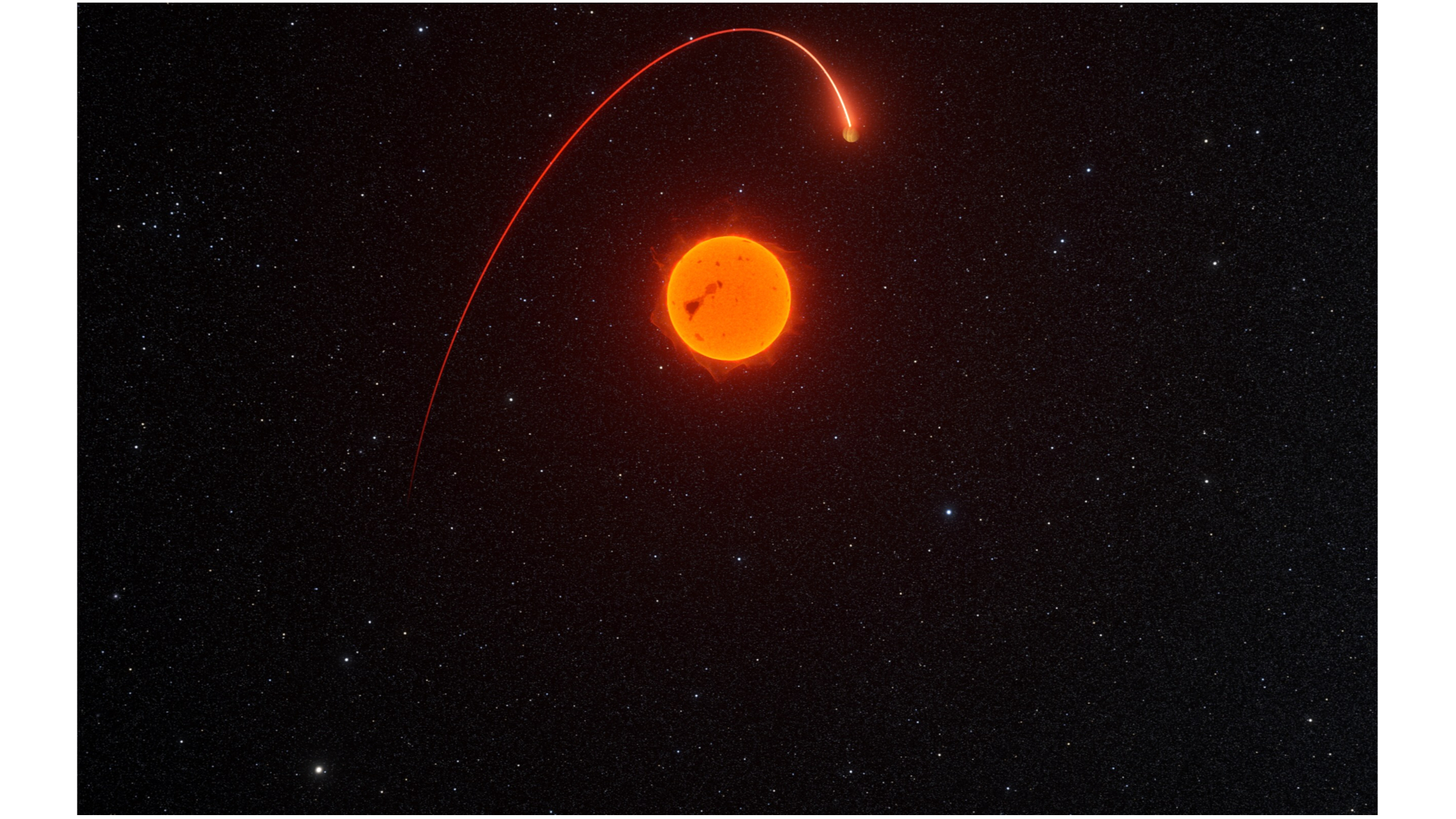California water releases ordered by Trump draw criticism: 'It's going to be wasted'
President Trump's order to release billions of gallons of water in California's Central Valley last week — with the purported goal of dousing fires 100 miles away — is being slammed as both ineffective and wasteful by experts and California lawmakers. "No one can make heads or tails out of what Donald Trump did or why,...

President Trump's order to release billions of gallons of water in California's Central Valley last week — with the purported goal of dousing fires 100 miles away — is being slammed as both ineffective and wasteful by experts and California lawmakers.
"No one can make heads or tails out of what Donald Trump did or why, or thinks it makes any sense whatsoever," Sen. Adam Schiff (D-Calif.) said in an MSNBC interview on Monday night.
"That water can’t get to Los Angeles," Schiff continued. "The fires are out, they’re not 5 percent contained, or 20 percent, or 50 percent contained. They’re 100 percent contained. So, that water is going to be of no use to firefighters."
The water release occurred late last week via the U.S. Army Corps of Engineers and involved the opening of two Tulare County dams — in Lake Kaweah and Success Lake — located in the heart of California's agriculture-rich Central Valley.
On Friday, Trump boasted on Truth Social about the "beautiful water flow" that he "just opened in California," noting that 1.6 billion gallons had been released that day alone.
The releases occurred following Trump's issuance of an executive order that directed U.S. government agencies to override California's water policies as needed, while censuring the state’s handling of the wildfires that devastated the Los Angeles region in recent weeks.
"The water is flowing in California," the president posted on Monday. "These once empty 'halfpipes' are now brimming with beautiful, clean water, and heading to farmers throughout the State, and to Los Angeles."
But experts and California lawmakers have called out Trump’s statements as inaccurate, as water from the lakes in question does not usually reach Los Angeles, while also slamming the releases as reckless and wasteful in a dry winter.
"There isn’t as much snowpack as we would usually have," Schiff said on Monday. "We rely on water that is stored like this water when farmers need it in summer to irrigate. They’re not irrigating now. So, that water is going to sit in a lake, it’s going to evaporate, it’s going to be wasted."
Peter Gleick, co-founder and senior fellow at the Pacific Institute, a research nonprofit, described Trump’s actions as “a combination of political bluster and blinding ignorance,” adding that the releases allowed the president “to brag, incorrectly, about providing water for tackling the LA wildfires.”
“Not a single drop of the water released can get to Los Angeles — there is simply no physical connection between these basins,” Gleick said. “As a result, all that Trump managed to accomplish was to anger local water districts and farmers who lost more than 2 billion gallons of water that flowed, unused and unusable, into the dry lake bed of the Tulare basin, where it will be unavailable to farmers in the coming hot season.”
Jay Lund, an environmental engineer at the University of California, Davis, also noted the breadth and complexity of water management efforts in California, which involve diverse water demands; hydrology and infrastructure; substantial decentralization; and numerous laws, regulations and contracts. As such, he continued, state and federal projects that proceed without intergovernmental and local coordination can falter in terms of effectiveness and wastefulness.
"The recent federal orders to release additional water from some small Tulare basin reservoirs did not have substantial benefits for farmers, who it seems would have preferred to have these releases later and coordinated with them for summer irrigation or groundwater recharge,” said Lund, who is also vice director of the Center for Watershed Sciences at the University of California, Davis.
“The releases were disconnected from and had no effect on water availability in the Los Angeles region,” he added. “The releases seem to have been more symbolic of some rough longer-term federal intention.”
While Trump had initially declared that 5.2 billion gallons of water would be released over three days, the Army Corps of Engineers scaled back additional discharges after local water managers warned of potential dangers, according to the local nonprofit news site SJV Water.
Army Corps of Engineers data shows sudden spikes in discharge flows from both Lake Success’s Schafer Dam and Lake Kaweah's Terminus Dam from Thursday through Sunday, with the total amount of water released topping 2 billion gallons, according to media reports.
"Had local authorities not prevailed at the last minute, instead of wasting 1 to 3 billion gallons of water, it would have been two or three times that amount," Schiff said.
Like Schiff, his colleague Sen. Alex Padilla (D-Calif.) blasted the Trump administration for opening the two dams, stressing that the action had occurred without adequate notification to local officials, threatening Central Valley communities.
Soon after the releases began, Padilla demanded answers from the Department of Defense, questioning the rationale behind the "unscheduled" action that purportedly served "to help fight wildfires in Los Angeles County (which are already almost fully contained)."
"What is the plan to transport this water to Los Angeles rather than let the water simply be discharged into Tulare Lake where it will evaporate?" Padilla, a member of the Senate Environment and Public Works Committee, wrote to Defense Secretary Pete Hegseth.
Padilla's team explained that local officials had warned the Army Corps of Engineers that discharging water at the levels it had intended would have flooded both the Kaweah and Tule rivers, endangering communities and farms downstream. Such action, the senator's office added, would also be "wasting water that could have been used for irrigation over the summer."
“Unscheduled water releases require close coordination with local officials and safety personnel, as well as downstream agricultural water users, in order to reduce flood risks to communities and farms," Padilla wrote.
"Based on the urgent concerns I have heard from my constituents, as well as recent reporting, it appears that gravely insufficient notification was given, recklessly endangering residents downstream,” the senator added.
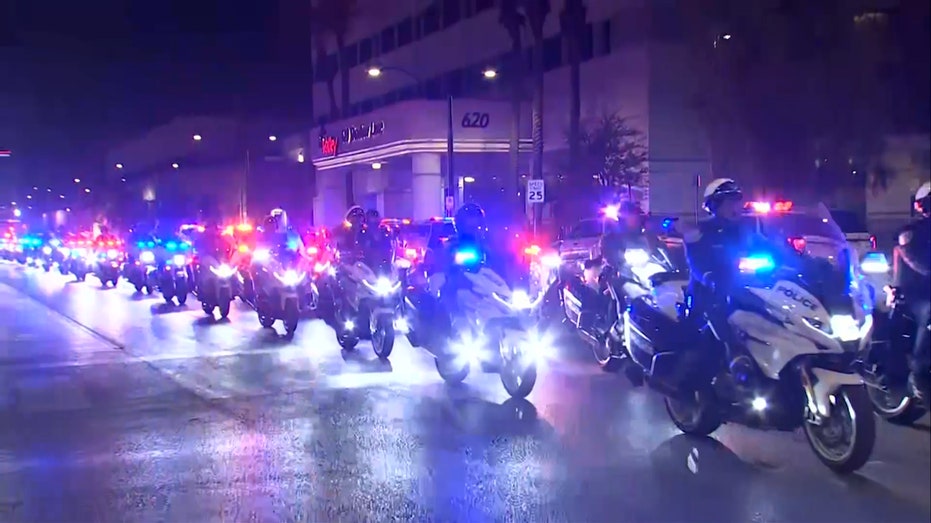
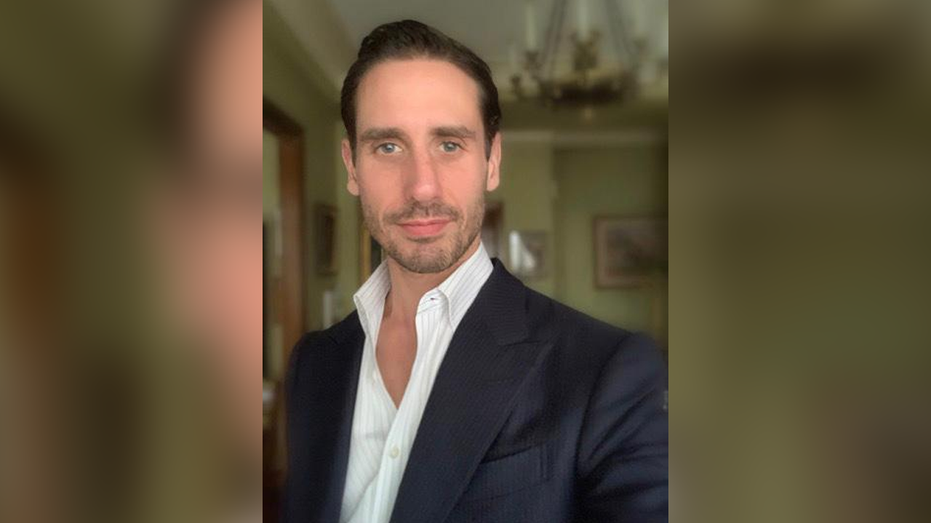
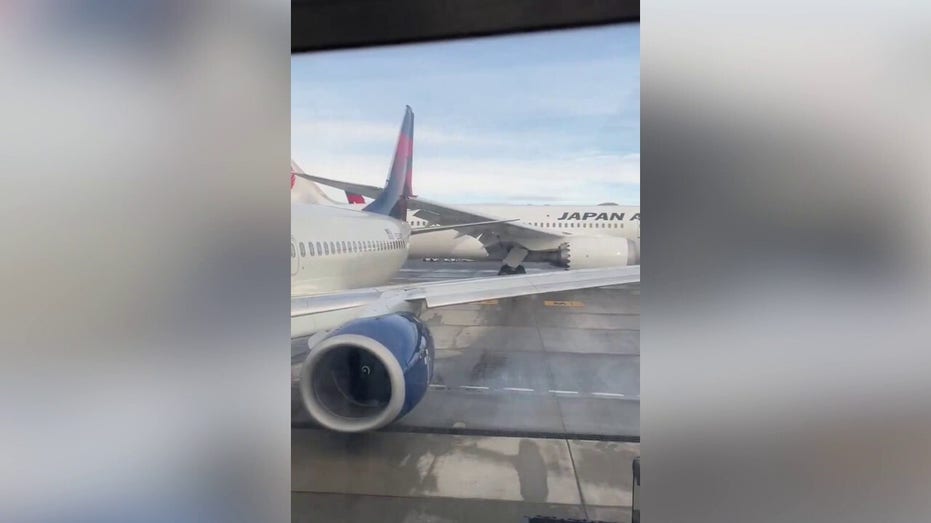
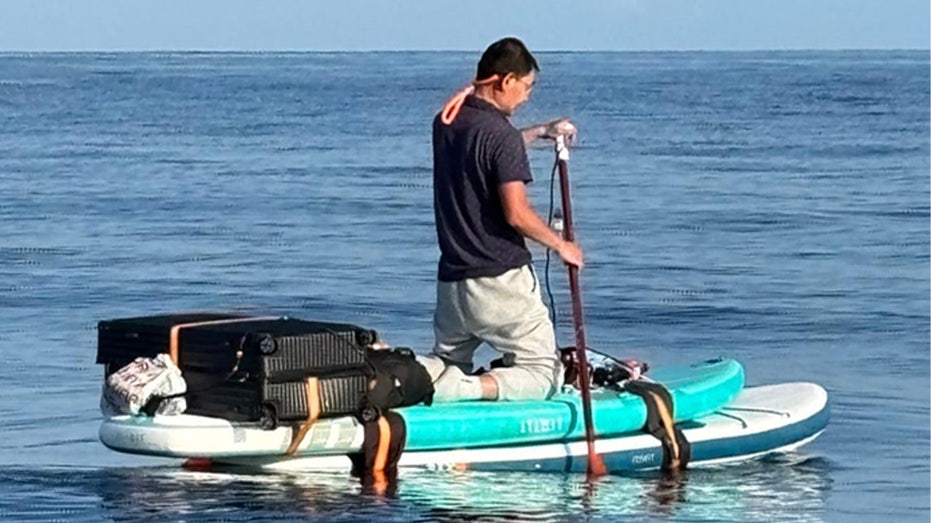
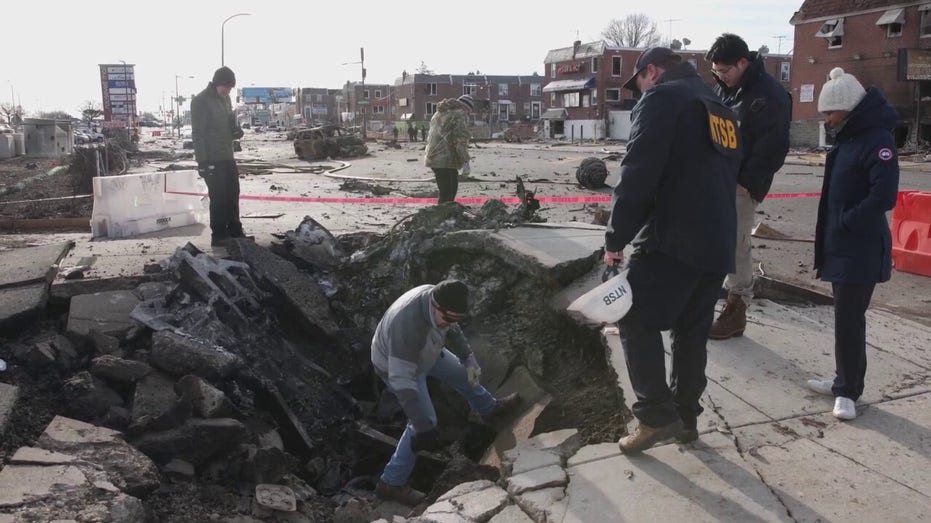
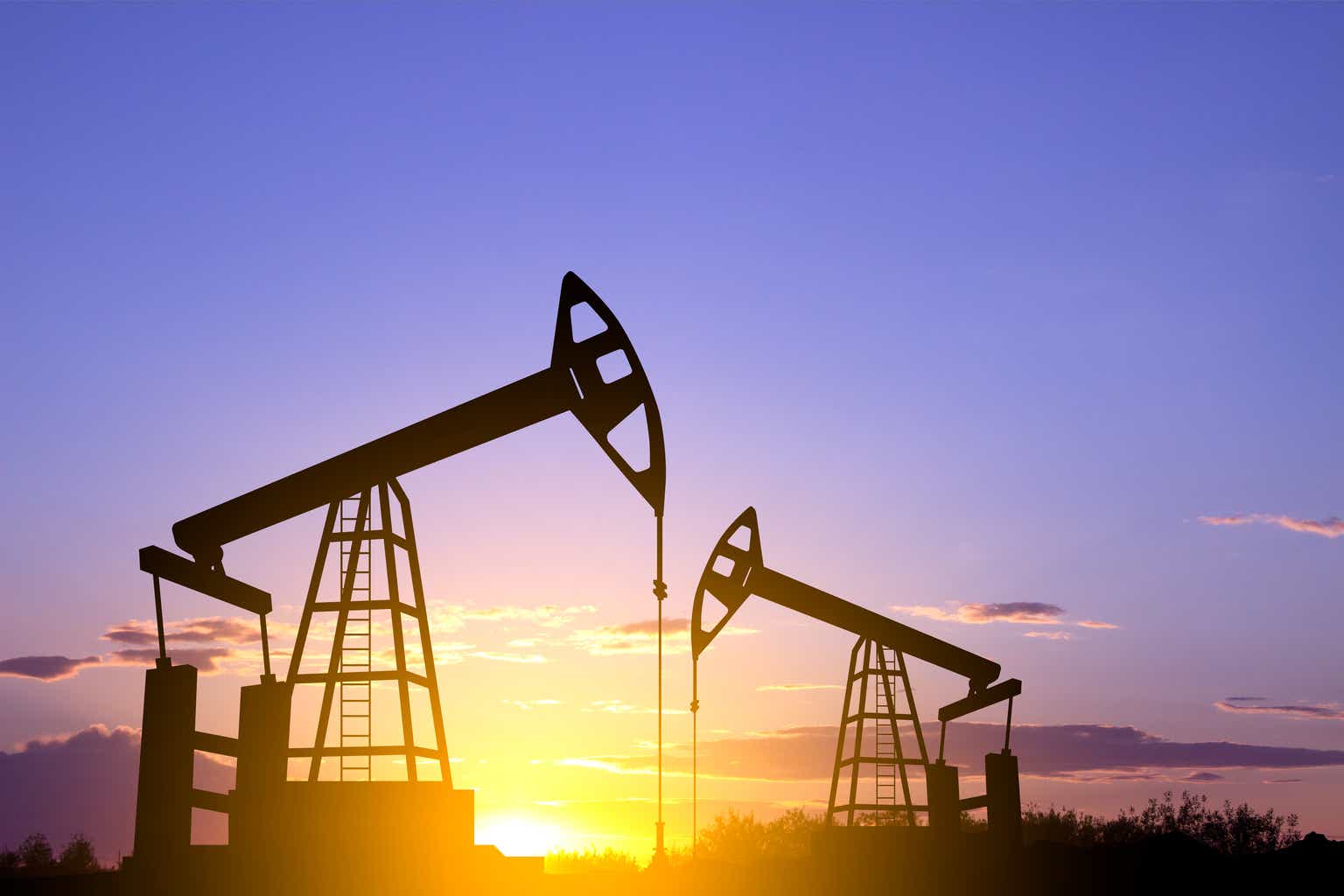





![How to Build Scalable Access Control for Your Web App [Full Handbook]](https://cdn.hashnode.com/res/hashnode/image/upload/v1738695897990/7a5962ce-9c4a-4e7c-bdeb-520dccc5d240.png?#)






















